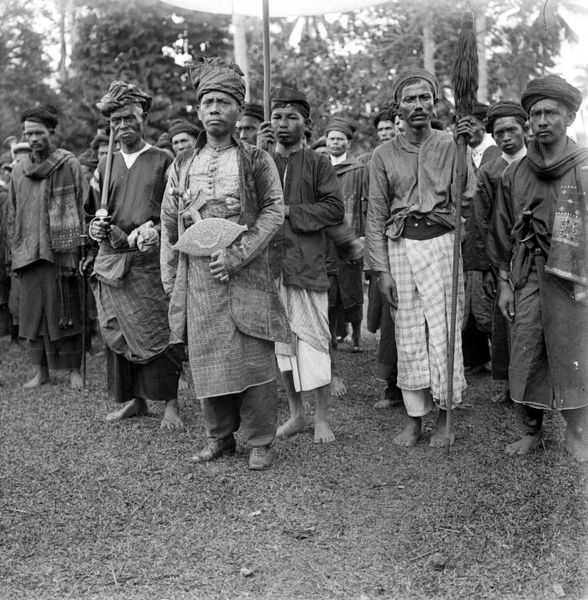ECONOMIC & SOCIAL CONTEXT
Minangkabau experienced an economic resurgence after its decline due to its gold supply based in Tanah Datar starting to dry up. Up until the late eighteenth century, Minangkabau as a whole was known for its glorious gold production and they were highly depended on the gold export as the source of economic income. Hence, its decline severely affected society.
This situation, however, opens the opportunity to discover new potential for their economic source which then led to the cultivation of cotton and salt in Agam, gambier in Limapuluh Kota, and coffee trade.
RELATIONS TO THE EMERGENCE
The gold trade that was practised dominantly before was monopolized by the elites while the latter form of trade wasn’t and this benefits the locals greatly. This includes the religious section of the society. The number of wealthy people has increased due to the profitable business during that time and this was parallel with the number of religious people that went to Makkah to perform Hajj.
CONDITION IN THE HOLY LAND
The condition there was a bit hectic in the late eighteenth until the early nineteenth century. This is because Makkah and Hijjaz at that period of time were conquered by the Wahhabis. They occupied the Holy City temporarily in 1803 and succeeded in capturing it in 1806 until 1812.
EFFECT ON THE PILGRIMS
Their journey was not only for religious ritual purposes but also became a process of learning. Being in the situation and experiencing the occupation first hand, undeniably affected at least a few of the Minangkabau pilgrims.
THE RETURN OF THE HAJJS
Upon their return from the pilgrimage, these Minangkabau pilgrims decided to found a religious revivalist movement who carries out the Wahhabi doctrine in which they think need to be implemented there in their homeland. The three Hajj were identified as Haji Abdur Rahman of Piobang, a sub-region of Lu(h)ak Limah Puluh Kota, Haji Muhammad Arief of Sumanik, Batusangkar, and under the leadership of Haji Miskin of Pandai Sikek, Lu(h)ak Agam.
ORIGIN OF THE NAME OF THE MOVEMENT
As for the term ‘Padri’, there have been two conflicting theories regarding the origin of the term. The first theory is that some scholars believed it was a term derived from Pedir, the name of a port or harbour located in Acheh on the north coast of Sumatra. The Pedir port was a common path used by the Muslim pilgrims on their journey to perform hajj in Makkah. The other convincing theory is that the term comes from the usage of a Portuguese word ‘padre’ which was popularly used in the English language initially in British India by the mid-seventeenth century in reference to any native religious figure.
| Map of Sumtra |
Later referred themselves as ‘orang putih’ and their opponent ‘orang hitam' in accordance with the color of their clothing. While Padri is often synonym with their white robes and turban, on contrary their opponent usually wore dark garments.
 |
| The Adat people in their dark garments |


0 Comments